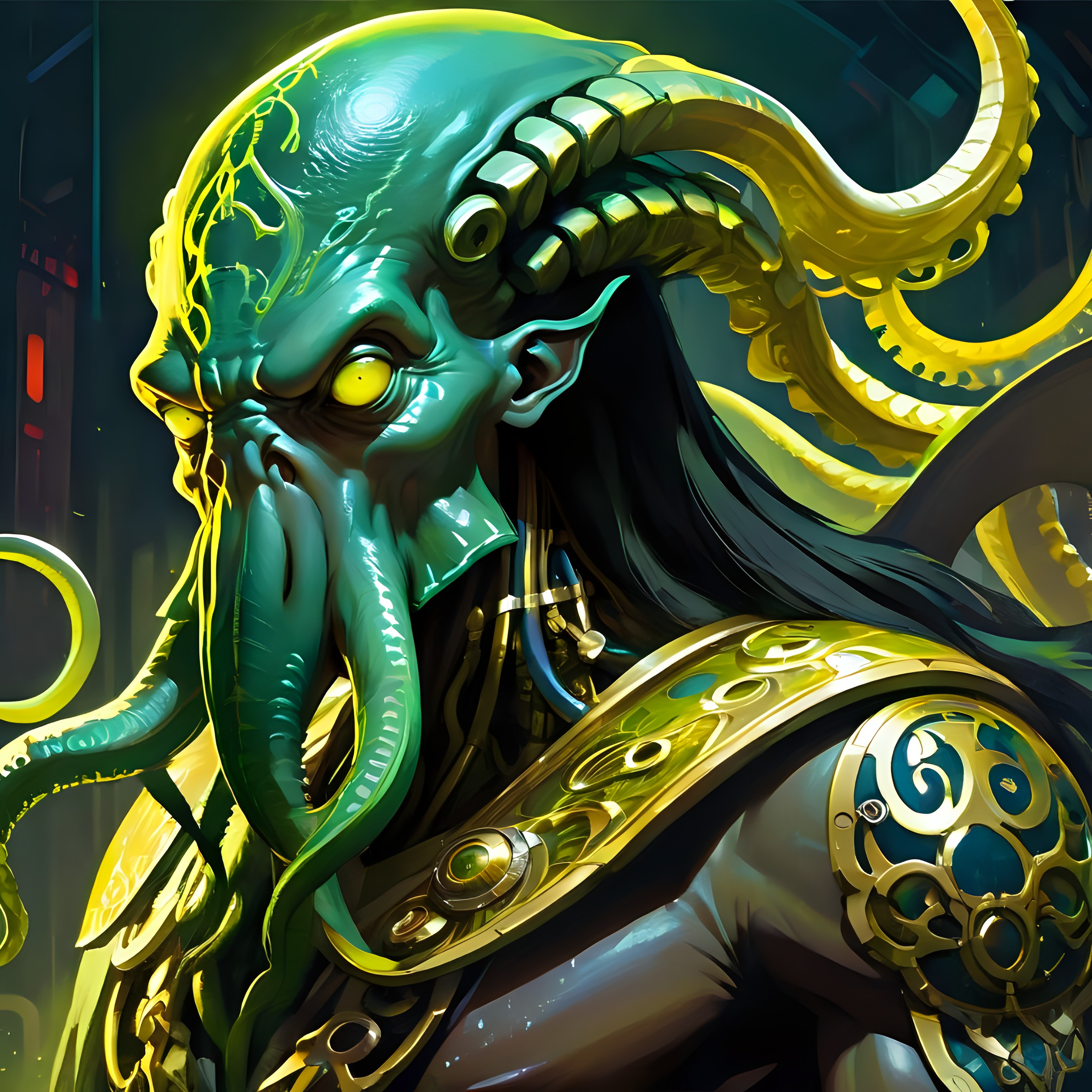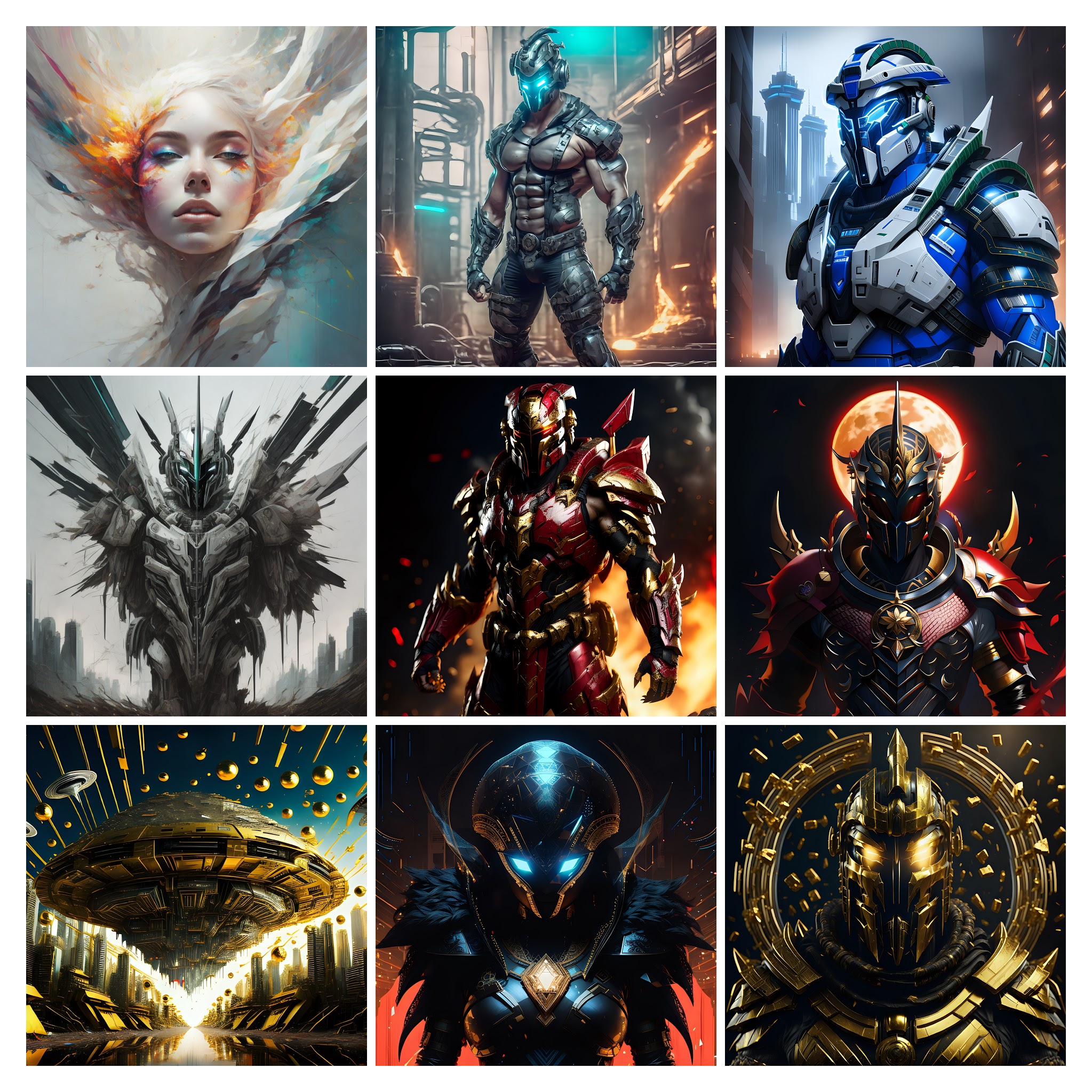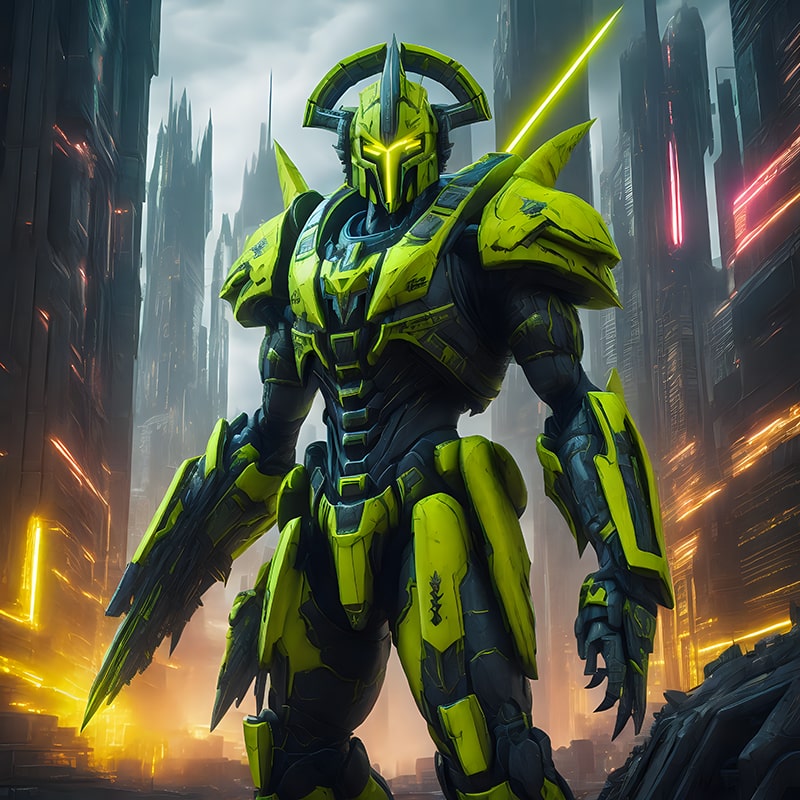The Creative Process of GPT’s New Features
By Andrew Rosa
In the fast-paced world of technology and artificial intelligence, staying at the forefront of innovation is crucial. One of the leading players in this field is OpenAI, and they’ve been making waves with their groundbreaking language model, GPT (Generative Pre-trained Transformer). But have you ever wondered how the creative process behind GPT’s new features works? In this article, we’ll take you briefly behind the scenes to explore the intricate journey from concept to implementation, unveiling the secrets of how GPT continues to evolve and redefine AI-driven communication.
GPT: A Marvel of AI, Collaboration, and Understanding User Needs
GPT, short for Generative Pre-trained Transformer, has taken the AI world by storm. Its remarkable ability to understand and generate human-like text has made it an invaluable tool in various industries, from content creation to customer service chatbots. But GPT’s journey doesn’t stop at its initial release; it’s a constantly evolving masterpiece.
Behind every successful GPT update, there’s a dedicated team of researchers and engineers who work tirelessly to push the boundaries of AI. These experts delve into the latest advancements in natural language processing and machine learning, fueling the creative engine that drives GPT’s evolution.
Interested in buying digital art NFT’s? Click Here
One of the hallmarks of GPT’s creative process is collaboration. OpenAI partners with leading academic institutions and organizations worldwide, fostering an environment where ideas flow freely. This network of brilliant minds ensures that GPT’s new features are born from a diversity of perspectives.
The journey to a new GPT feature begins by identifying the needs and pain points of users. Whether it’s improving language understanding, enhancing chatbot capabilities, or enabling creative writing assistance, OpenAI listens to user feedback and analyzes data to pinpoint areas for improvement. This is the cream in the coffee; as the AI’s internal scope expands, the need for answers is not only met, but the bot’s breath of perspective has an undertone of feel, depending on what’s being asked or tasked with completing.
Brainstorming ideas, Prototyping and Validation
Once user needs are identified, brainstorming sessions kick off. These sessions are like the birthplace of ideas, where researchers and engineers toss around concepts, exploring the realms of possibility. Creativity flows freely, and even seemingly wild ideas find their place in the ideation process.
From the pool of ideas, prototypes are developed. These prototypes are like the sketches of a masterpiece, offering a glimpse into the potential of a new feature. User testing and validation play a crucial role in this phase, ensuring that the proposed features meet real-world requirements.
Interested in buying digital art NFT’s? Click Here
The Training, Test,Feedback, and Adoption Phase: Where Magic Happens
To make GPT’s new features truly effective, a vast amount of data is collected. This data includes text from diverse sources, ensuring that GPT is exposed to a wide range of language patterns and contexts. The quality and diversity of this data are vital to the success of the training process.
The magic happens in the training phase. GPT’s neural networks are fine-tuned using the collected data. The model learns to predict the next word in a sentence, refining its language understanding and generation capabilities. The training process involves complex algorithms and substantial computational power.
Before any new feature goes live, it undergoes rigorous testing. OpenAI’s quality assurance team meticulously evaluates the future’s performance, ensuring it meets high standards of accuracy and reliability. This step is crucial to avoid any unintended consequences. User feedback continues to be a valuable asset during this phase. OpenAI encourages users to provide input and report any issues they encounter. This feedback loop helps in further refining the feature and addressing any unforeseen challenges.
Once a new feature has passed all tests and quality checks, it’s time for the grand reveal. OpenAI carefully plans the rollout strategy, considering factors like scalability and user impact. A phased release allows OpenAI to monitor and adjust as needed.
Continuous Improvement and the Journey of Innovation
OpenAI understands that users may need guidance on how to make the most of new features. User training materials and documentation are provided to ensure a smooth transition and effective utilization of the latest GPT capabilities.
The launch of a new feature is not the end of the road but rather the beginning of a new feedback loop. OpenAI actively listens to user feedback and collects data on feature usage, paving the way for continuous improvement and refinement.
Interested in buying digital art NFT’s? Click Here
Final Thoughts
In summary, the creative process behind GPT’s new features is a symphony of innovation, collaboration, and dedication. The development of GPT’s latest features is a harmonious blend of creativity, teamwork, and unwavering commitment. It stands as proof of AI’s boundless possibilities and OpenAI’s dedication to offering users ever-improving solutions for communication and content generation. As GPT advances, it constantly ventures into uncharted territories, continually challenging the frontiers of AI’s capabilities.






Leave A Comment